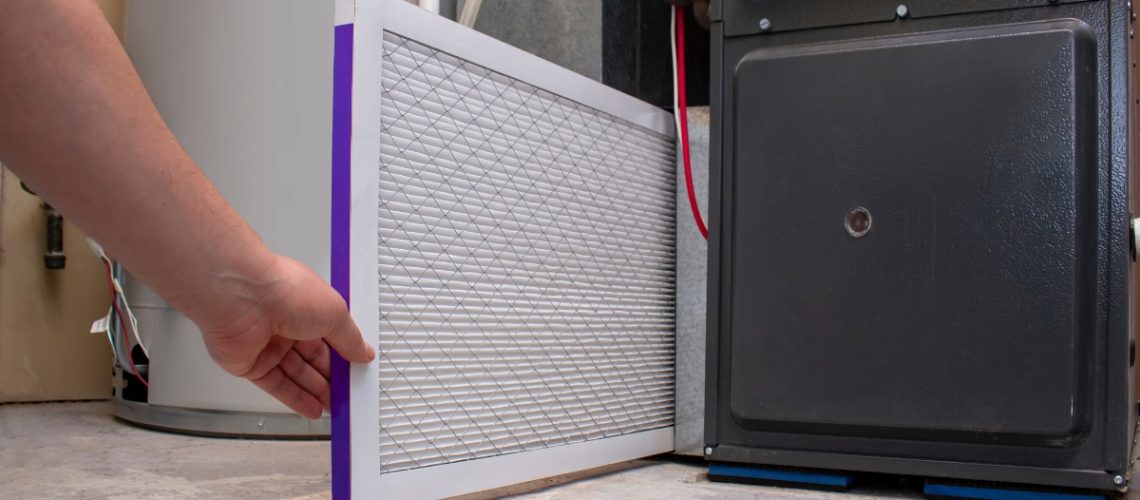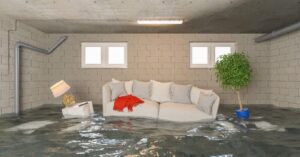Let’s look at nine preventative maintenance steps you can take this fall to ensure your home is protected from winter perils.
Tip #1: Have your heating system checked annually by a professional, and replace your furnace filter regularly per the manufacturer’s instructions.
Tip #2: Insulate water pipes in areas that aren’t well-insulated or may otherwise be exposed to freezing temperatures.
Tip #3: Check your gutters so you can identify and repair any areas of damage or places it isn’t well-connected to your house. It’s also important to regularly clear leaves and other debris from gutters and downspouts.
Tip #4: Give the caulking around doors and windows a good once-over so areas of deterioration can be identified and repaired.
Tip #5: Keep your chimney clean and maintained – but hire a professional to ensure it’s done safely and and well.
Tip #6: Dust and lint buildup is inevitable around a dryer, but these materials can be flammable. Be sure to clean your dryer’s exhaust duct as well as the space under the dryer regularly to prevent debris from accumulating.
Tip #7: Are there any electrical outlets in your home that don’t feel as secure as they should be? Do a walk-through of your home to check and repair any loose-fitting plugs or receptacles. You should also take care not to overload your outlets.
Tip #8: Keep a multi-purpose, fully charged fire extinguisher in a place that is easily accessible and be sure everyone in your home knows how to use it.
Tip #9: You should have a smoke detector in each sleeping area, one in the hallway outside each sleeping area and at least one on each floor of your home. You should test them monthly and charge the battery as needed, or at least once a year.
*The contents of this article are for general informational purposes only and are not intended to provide professional, legal, financial, or health advice or guidance to any person or entity.




